Full Guide To Calcite vs. Halite (This is the Difference)
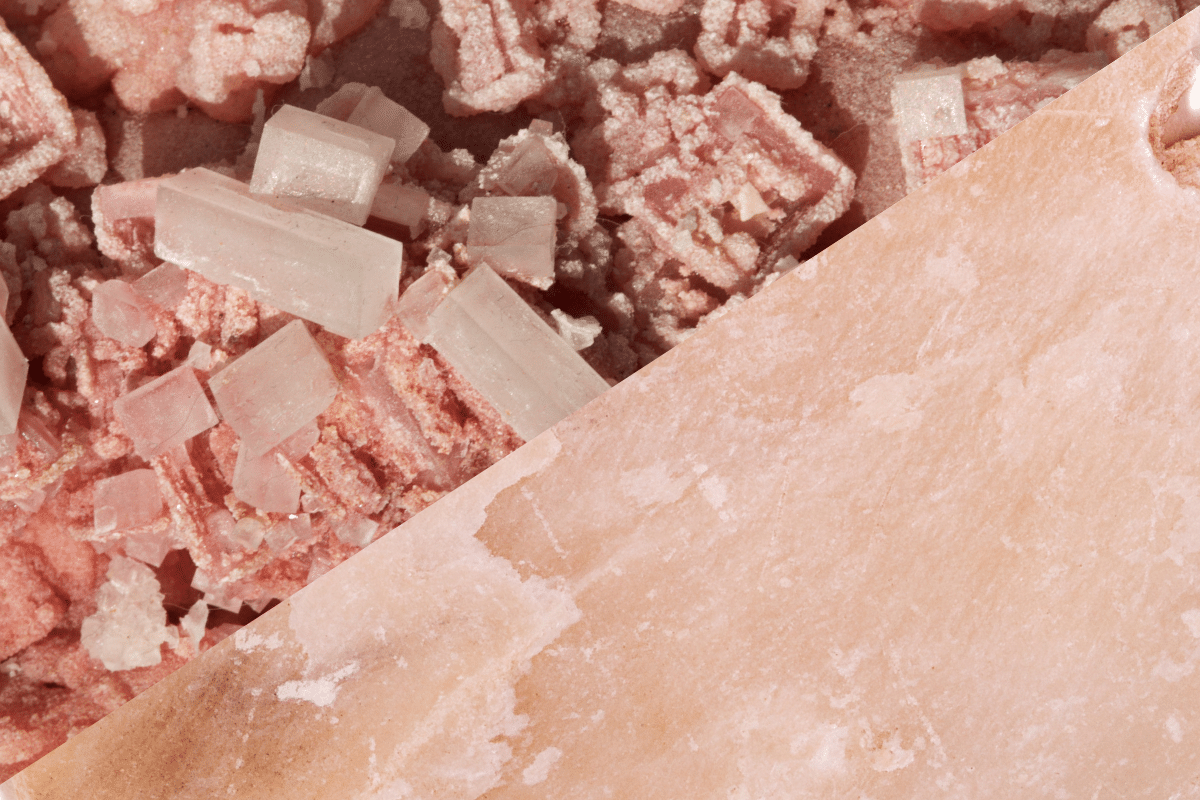
In order to work with our crystals effectively, we need to understand their properties. With crystals that look similar or have similar uses, such as calcite and halite, it can be difficult to determine which one to work with. The answer should always be; the one that you are drawn to the most. However, if you are looking to find the difference in physical appearance as well as metaphysical properties, you’ll find your answer here.
Halite is another name for rock salt, while calcite is made up of calcium carbonate. Calcite often look waxy and slippery, while halite is more glass-like. Spiritually, halite is used for purification, while calcite is used for balance.
Continue reading if you want to know more about the (physical) qualities of these stones, as well as how you can use them in your spiritual practice.
Also read: Calcite vs. Quartz: This Is The Difference
Calcite vs Halite – How To Tell The Difference?
In order to understand the difference between these two stones, we can look at the color, shape, pattern, clarity, and more. Below we’ll describe all these aspects in detail.
Chemical Composition
Halite is made up of sodium chloride and is another name voor rock salt. Unsurprising, if you know it comes from the Greek word ‘hals’, meaning ‘salt’. So, if you want to know if you’re holding calcite or halite, tasting it is probably your quickest option.
Still, it is not recommended to ingest or taste undefined minerals – this could be dangerous or just generally an unpleasant experience.

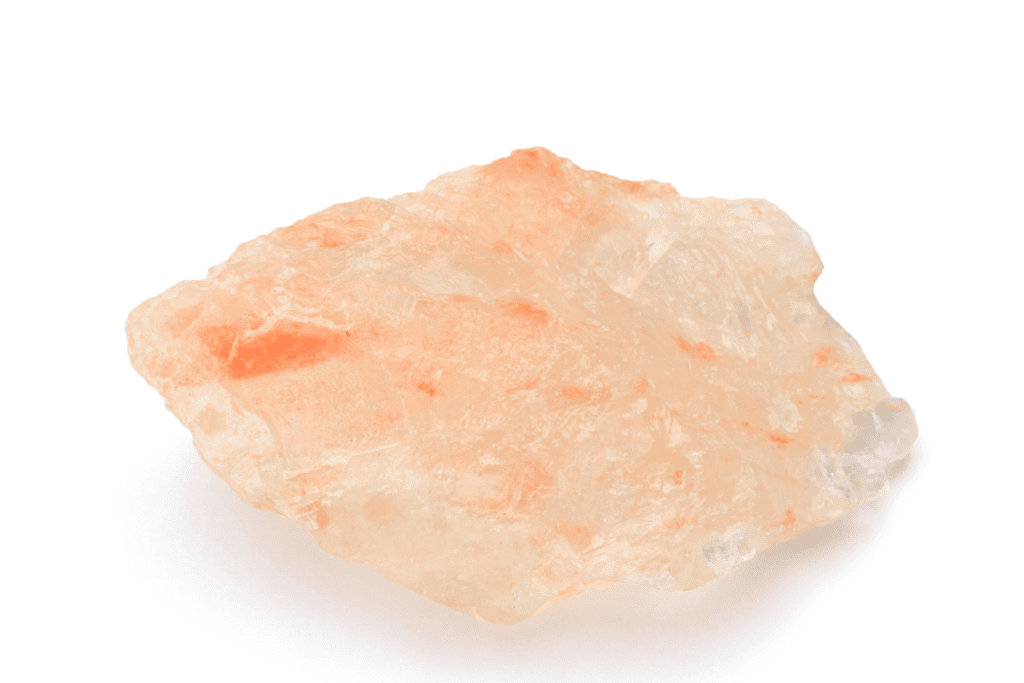
On the other hand, calcite is calcium carbonate mineral. Although calcite and halite have different chemical compositions, they are often formed in the same way.
When seawater evaporates, the minerals are left behind. These minerals include gypsum, calcite, and salt (or halite). As a result, they are often mined in the same area. Calcite, however, can also be the result of evaporating calcium-rich rain.
Both calcium and calcite can have different colors caused by iron inclusions or imperfections. For example, pink calcite and halite have hematite inclusions, while green calcite has malachite.
Also read: Orange Calcite vs Citrine: This is the Difference
Color
Both calcite and halite occur in a variety of colors. The color variety seen in calcite stones is yellow, orange, black, pink, and green. Halite comes in shades of blue, purple, red, pink, orange, yellow, and gray. As explained, these colors are caused by the presence of iron ores or imperfections in the structure.
Pattern and Clarity
Calcite and halite can either be transparent or translucent in clarity. The stones also have a vitreous, or glass-like, luster.
A major difference between the two, apart from their chemical makeup, is the crystal structure. Calcites have a trigonal crystal system, while halite has a cubic crystal system.
Additionally, both have cleavage in three directions, meaning they break in three directions. However, halite breaks at 90 degrees, while calcite does not. As a result, halite breaks into perfect cubes.
If this all sounds a little confusing, have a look at the image below. The bottom left shows how halite breaks, and the bottom right how calcite breaks.

Hardness
Both stones are soft, but calcites are slightly harder than halite. Calcite rates 3 while halite rates 2.5 on the Mohs scale.
If you’re unfamiliar, the Mohs scale of hardness determines a stone’s hardness by measuring how scratch-resistant it is. According to this scale, a stone can scratch any other mineral with a lower score. For reference, talc is a 1, whereas diamond is a 10.
In our example, calcite should just be able to scratch halite, but not the other way around.
Care
Since both stones are soft and fragile, water and acid treatments should be kept away from them unless you want them to dissolve. Store the stones away from harder stones or objects that can potentially cause damage.
Apart from physically cleaning the stones, if you use them for their metaphysical properties, you might want to clear them from negative energies.
The reason for this is that these stones absorb low vibrations. Every month or so, you want to remove these energies from the stone so you can continue to use it. After cleansing, it is recommended you also recharge the stones to make sure they are full of positive energy to share with you.
Think about placing them in the full moon, or using sound vibrations for cleansing.
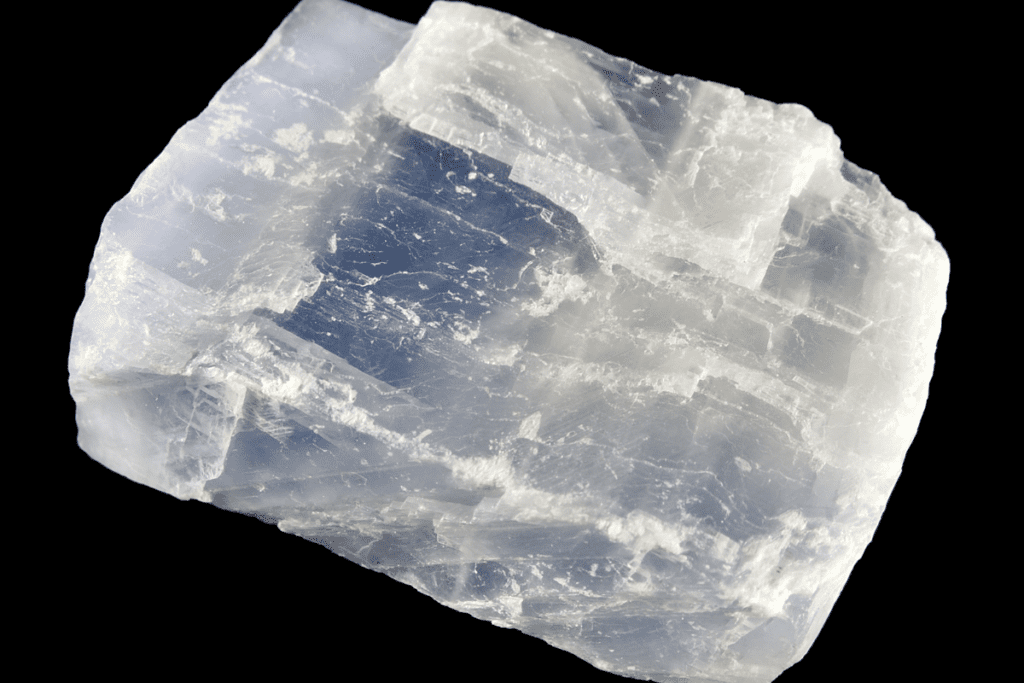

Metaphysical Healing Properties
Beware that crystals are never a replacement for professional medical help. If you have any issues, see a doctor first and follow their advice.
Calcite acts as a spiritual and physical cleanser. For the physical body, calcite is often used in the immune system, detoxifying toxins from the kidneys and lungs, absorbing calcium, and treating bone-related illnesses.
On a spiritual level, calcite cleanses and eliminates negative energies and thoughts. It is also used to unlock psychic abilities and higher thinking. The stone is also useful in releasing hurt emotions from the past and reconnecting to your soul.
Halite is also excellent in eliminating negativity and mood swings. The mineral encourages introspection and good will. The pink variety is directly associated with matters related to the heart chakra. Purple halite is used to stimulate intuition and psychic abilities.
Halite has long been used in traditional healing because it supports vitality, longevity and physical well-being. The stone is also metaphorically associated to death and life
Also read: Honey Calcite vs Citrine: This is the Difference
Zodiac Association
Both stones are associated with the Cancer zodiac sign, though neither of them appear as a member of any official birthstone charts. For calcites, each color will have a unique effect on the zodiac sign. Green calcites will bring healing and help them deal with their emotions and problems related to the heart chakra. Blue calcites will improve creativity and energy flow in the Cancer. Halite will clear negative energies and heal the mind of this zodiac sign.
Even if you do not fall under the cancer zodiac, you can still use these stones for these purposes.

Chakra Association
Calcite and halite is associated with different chakras depending on their color. In the image below, you’ll find the colors for each chakra so that you can match it with the color of your stone. Keep in mind that the crown chakra, normally represented by violet, also matches with clear or white stones. The heart chakra (normally green) is also connected to pink stones, and the root chakra (normally red) also connects to brown or black stones.
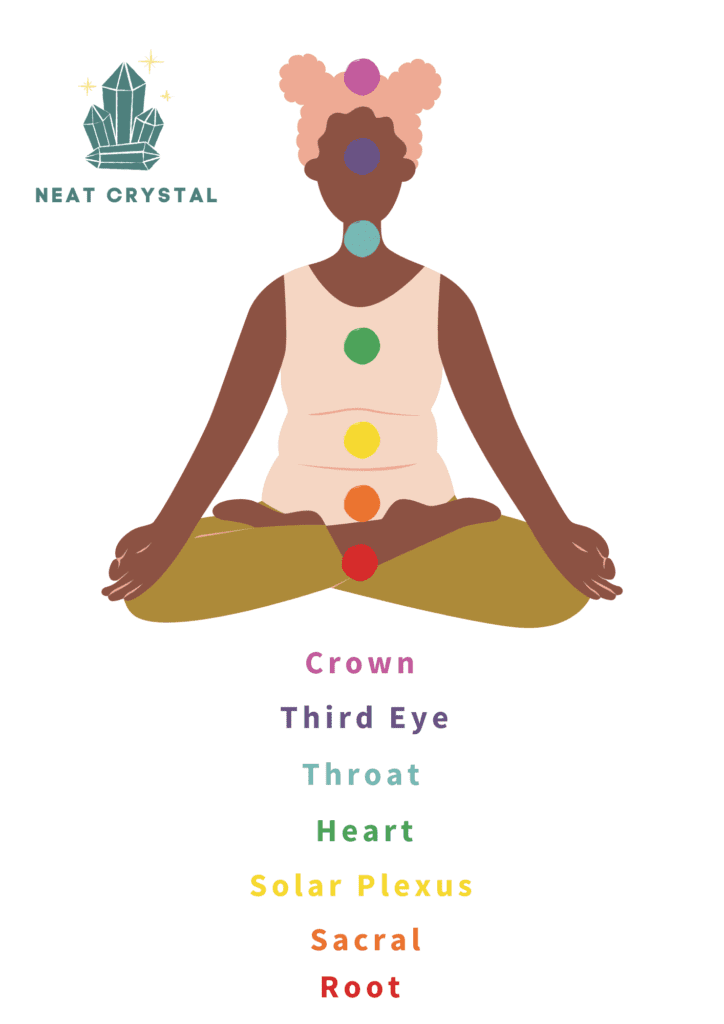
Root Chakra (Muladhara)
This is the first chakra, located at the base of the spine. The chakra is represented by red and is associated with the earth element. This chakra controls our feelings of stability, security, ambition and dependency. It also affects our interactions with the world around us. The root chakra is also the source of balance for the entire chakra system. Signs of imbalance on the chakra are fear, insecurities and feelings of frustration. A balanced root chakra leads to independence, motivation and self-confidence.
Sacral Chakra (Svadihsthana)
The chakra is located below the belly button and is represented by a vibrant orange color. This chakra is associated to the water element. The chakra is responsible for reproduction, sexuality, creativity and adaptability. An imbalanced sacral chakra leads to lack of motivation, creativity and susceptibility to emotional outbursts.
Solar Plexus Chakra (Manipura)
This chakra is found between the navel and the rib cage. It is represented by yellow and associated with the fire element. It governs our emotions and self-esteem. Imbalances in this chakra are thought to present themselves in emotions like aggression, depression, low self-esteem and anger. On a physical level, imbalances in the chakra may cause digestive and liver complications. When balanced it brings energy, confidence, and productivity.
Heart Chakra (Anahata)
The chakra lies in the middle of the cardiovascular system. The chakra is represented by pink and green and acts as the connection between the upper and lower chakras. It is also associated with the air element. The chakra represents passion, trust, love and compassion. Imbalanced heart chakra causes lack of trust, anxiety, anger and mood swings. A balanced heart chakra leads to compassion and giving and receiving love freely.
Throat Chakra (Vishuddha)
This is located in the throat area and is represented by blue. The chakra is connected to the earth element. It governs communication, self-expression and confidence. Imbalances in this chakra manifest in difficulty communicating and gossiping. A balanced throat chakra will help you express yourself better and engage in meaningful dialogues.
Third Eye Chakra (Ajna)
The chakra is located between the brows and is represented by indigo. The chakra governs wisdom, intellect and spirituality. An open and balanced Ajna will connect you to divine energies and free you from worldly attachments.
Crown Chakra (Sahasrara)
The crown chakra is the highest of all chakras, located at the top of the head, and is represented by violet. The chakra governs spirituality and serves as a connection to divine realms and a sense of a higher self. Imbalances in this chakra can lead to detachment from the real world, and destructive thinking.
Element Association
Both stones are associated to the water element. The element is associated with our emotions and subconscious. It encourages interaction between the physical senses and existence. Therefore, this element can control, manifest and manipulate.
Spiritually, the water element represents purity and new beginnings. The personality traits of this element are critical, articulate, knowledge seekers, introverted and self-sufficient. People associated with this element are challenged by fear. These stones can help build confidence in their abilities and encourage them to take risks.
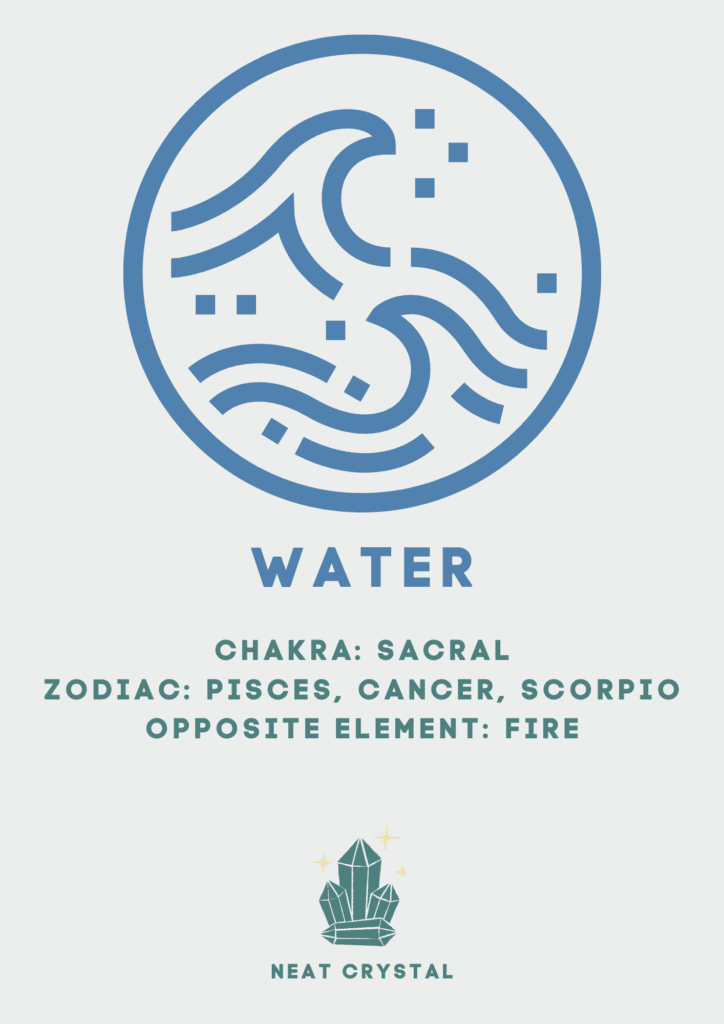
Planet Association
The planet for calcite and halite changes depending on the color, but overall they are related to the moon; the ‘planet’ of intuition, emotion and femininity.
The moon as a ruling planet represents our instincts and emotional state. The moon brings out the emotions and feelings we have that can’t be expressed in words. Therefore, the moon is responsible for our actions and how we respond to situations in our daily lives. The stone can be used to tap into the subconscious mind.
Also read: Calcite vs Aragonite: This is the Difference
Numerical Vibration
Calcite, in general, vibrates at 8. This number is a feminine energy that is associated with strength and success. Crystals and stones of this number can be used to attract wealth and success.
Halite vibrates at 1. The number is associated with fresh beginnings, birth and new creations or ideas. Stones like halite will help you seize the moment and opportunities in your life.
Uses
There are many different ways to use these stones. Below we’ll outline a few options for you.
Jewelry
Wearing gemstone jewelry is one of the ways to fully benefit from its healing power. However, keep in mind that these stones are quite soft, meaning they are likely to break or chip, especially when worn regularly.
Still, if you choose to wear them, ensure they are touching your skin and are as close to their associated chakra as possible.
Also read: Calcite vs. Quartzite: This is the Difference
Home
Calcite is commonly used in Feng Shui. The stone can be used in the living room area to encourage creativity, memory, emotional balance, and bonding. The stones’ significance in the practice are, again, dependent on color.
Halite, in other words, is salt. Salt holds a lot of spiritual significance in purification and protection. Halite is mainly used to guard the home against negative influences and entities. It can also be used for space clearing in Feng Shui practices. For personal energy protection and rejuvenation, a bath in salty water perfect, too.
If you’re looking to cleanse your energy by using these stones, you might want to make use of a guided meditation. This way, you’ll be less likely to be distracted by outside forces. I’ll leave a quick 10-minute meditation for you to use below:
Best Combinations
To get the most out of our work with crystals, it can be incredibly beneficial to pair and combine crystals with similar properties. This way, they can strengthen and enhance each other. Below you’ll find some interesting options. Keep in mind that the best crystal combinations are those that align with your intended purpose.
Calcite can be used together with angelite and blue topaz to boost creativity and inspiration. Blue calcites can be used together with moonstone and celestite to prompt and enhance psychic abilities.
Halite is a good energy cleanser. When paired with rose quartz and aquamarine, it nurtures harmony, romance, and friendships. The stone can also be used together with selenite crystals for mental clarity, self-love, and reducing anxiety.

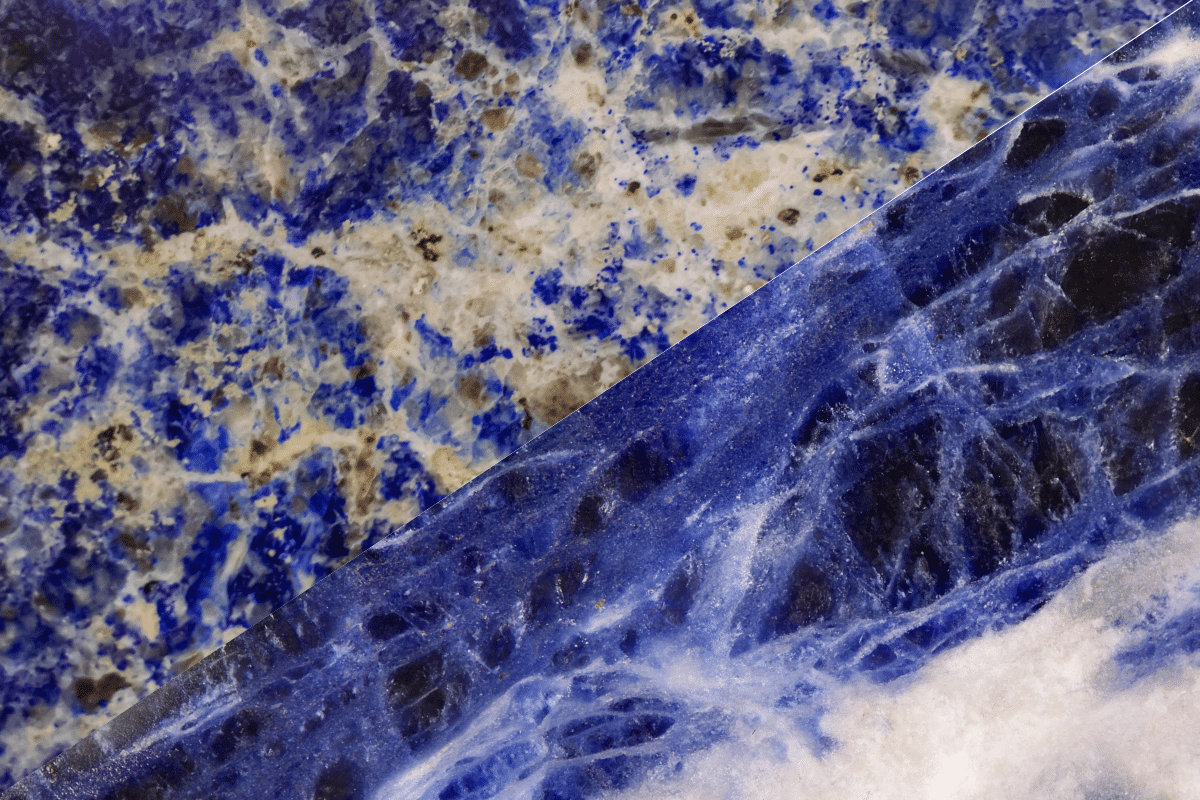
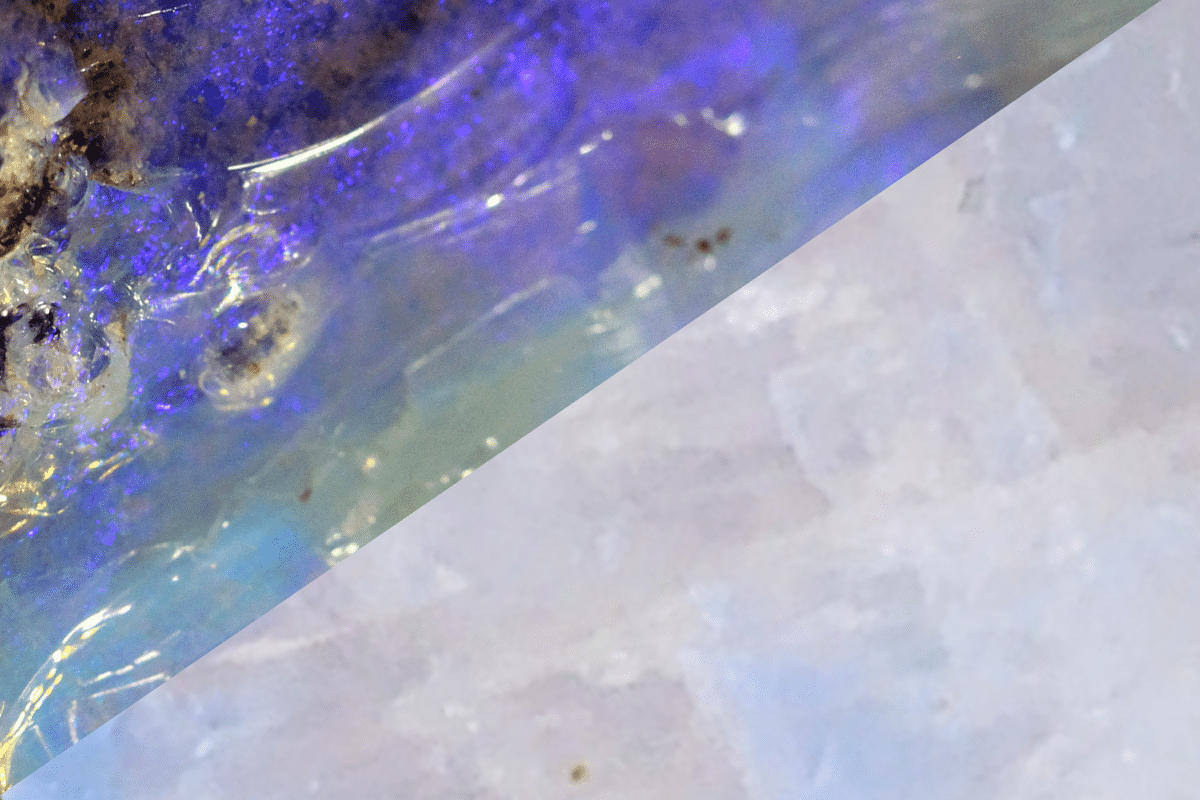
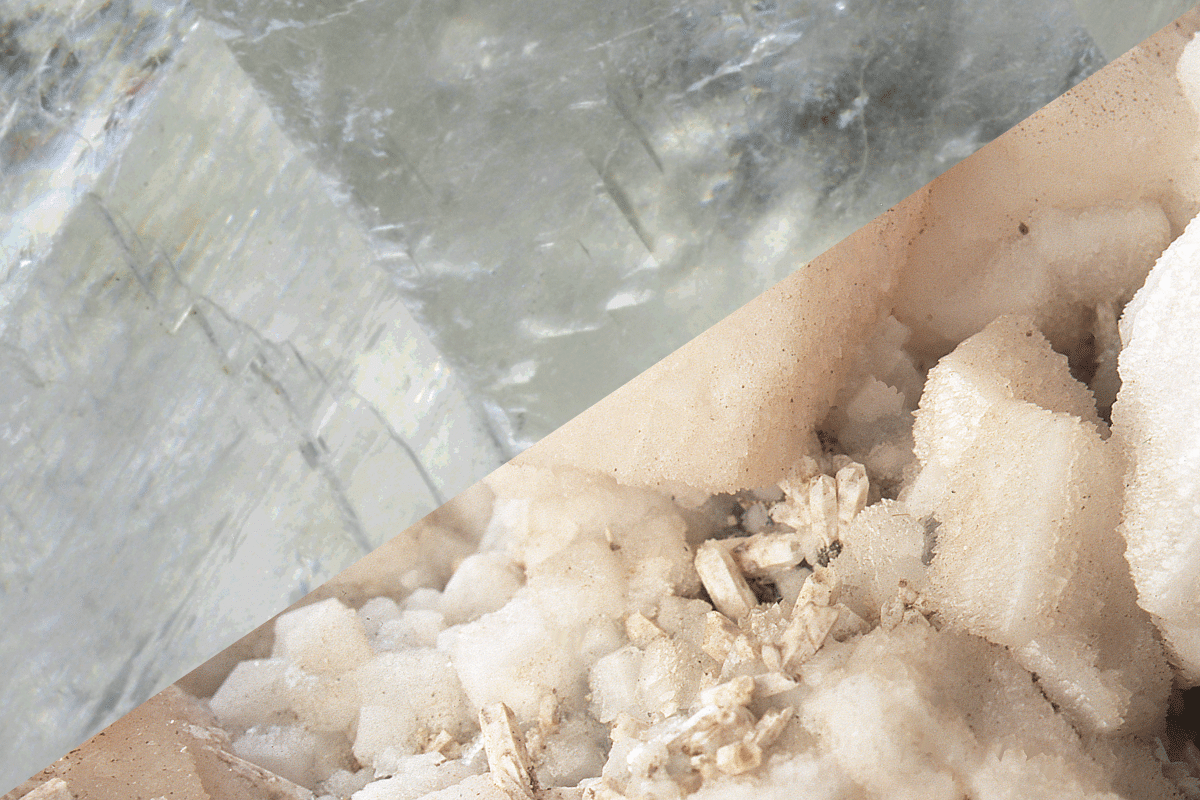
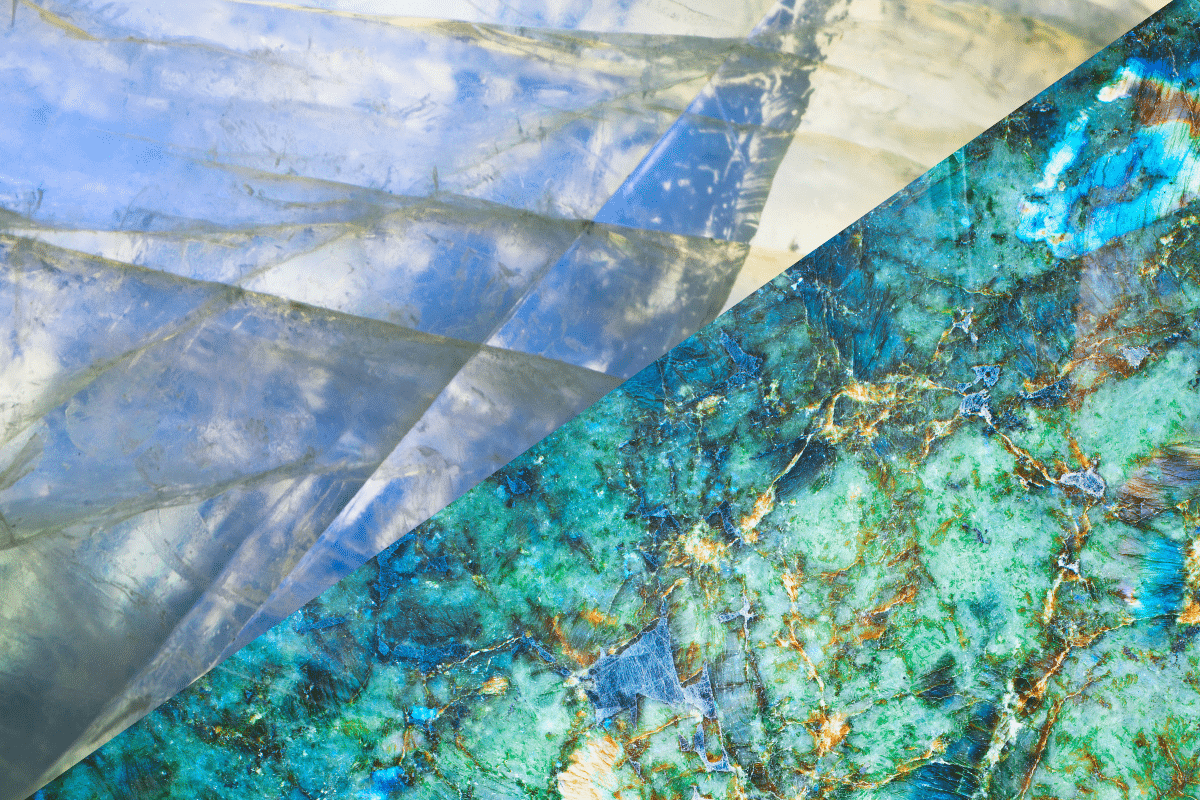
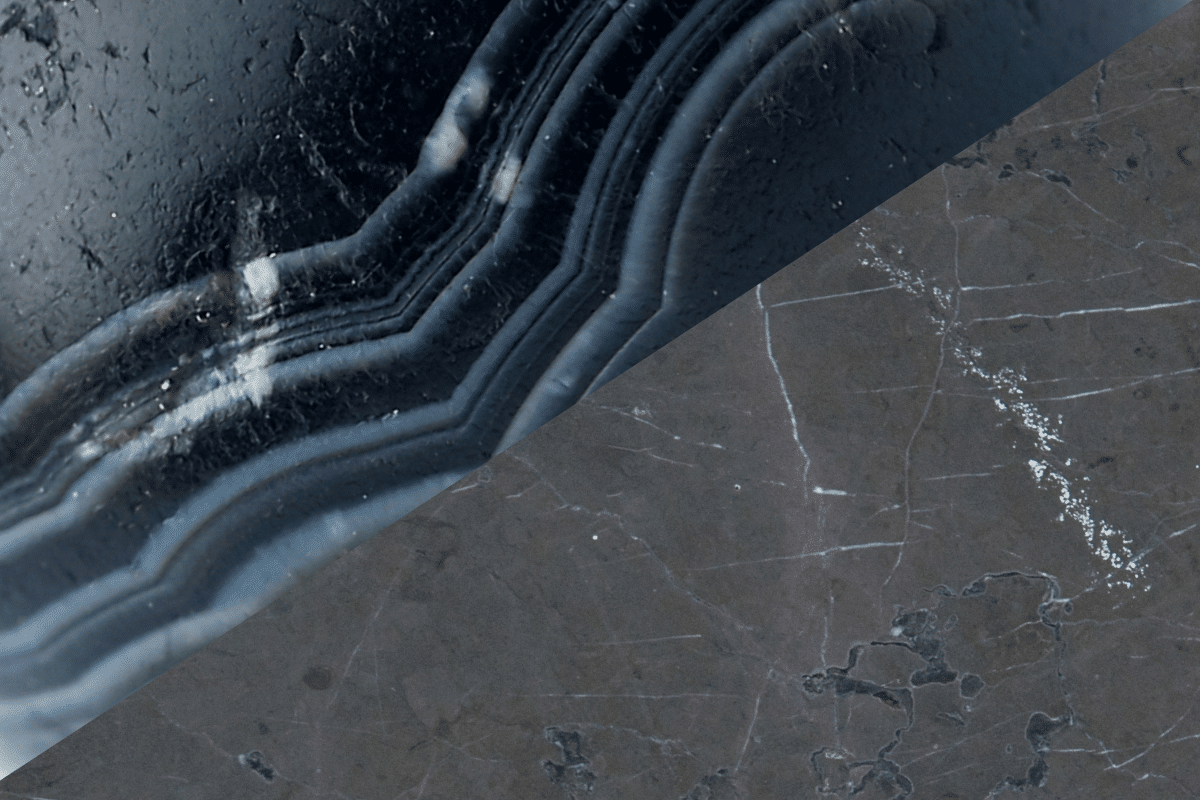
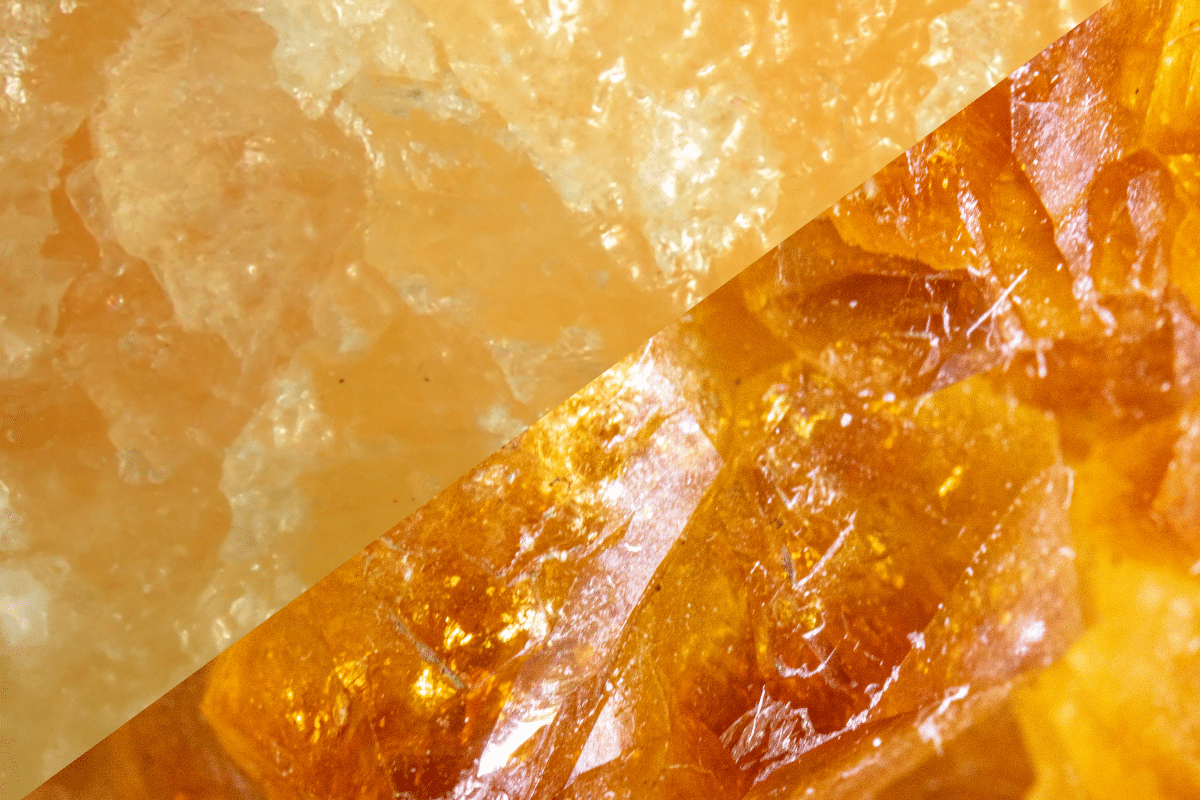
5 Comments